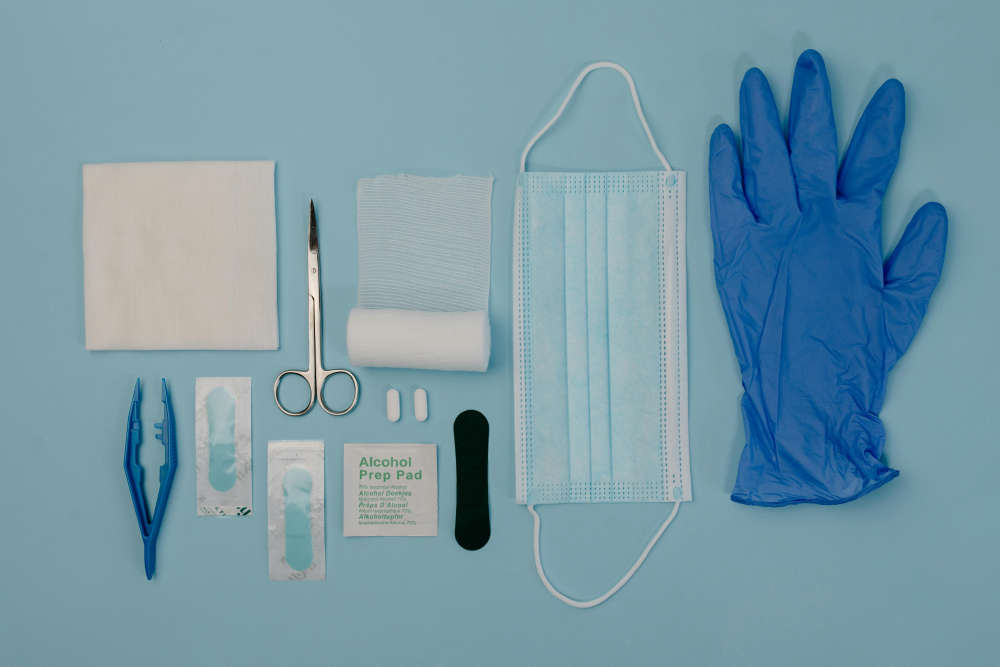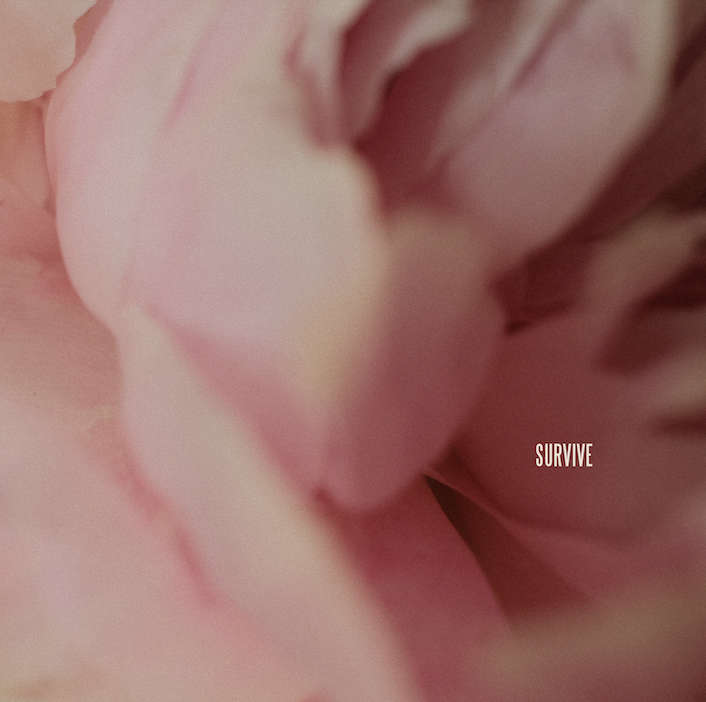Building a DIY First Aid Kit: What You Need and Why
Having a first aid kit on-hand is always sensible. Even if you don’t feel as though you personally engage with the kinds of activities that often require one, you never know when someone in your home is going to be in need of medical care.
Despite how widespread first aid kits are, however, you might feel somewhat lost on where to begin when you’re starting from scratch. It’s important to cover ground that you might not expect, for not all injuries are going to be as simple as to be covered with plasters.
The Basics
Plasters are important, though, and absolutely shouldn’t be neglected. Simple cuts, scrapes, and jabs can be treated easily so long as you have these lying around. However, due to how numerous these injuries might be over time, your supply of plasters might get depleted faster than anything else in your first aid kit. For that reason, it’s important to use outlets like seton.co.uk that can help you to maintain a strong surplus.
As well as plasters, though, it’s important that you include bandages in your first aid kit for more serious cuts. Some of these types of injuries might require more experienced medical attention, but whether you’re planning on consulting someone or just treating it yourself, a bandage can help to keep the wound under control in the meantime. This might also include dressings and adhesive that can keep bandages in place.
Cleaning Supplies
Before you apply your plaster or bandage, though, it’s important that you ensure the wound is clean. This is something that is usually done through antibacterial wipes – often cited as an essential item in first aid kits. These can help you to make sure that no infection is present before you begin, allowing the wound to heal properly. You might also want to include a bottle of hand sanitiser, both so that you can clean wounds when necessary, but also so that people can wash themselves if they’ve been treating someone else – ensuring that they are clean both before they begin treating another person and also afterwards. These items can often go forgotten compared to the basics despite serving a vital purpose.
Specialist Items
You might not often need to use everything in your first aid kit, but that’s okay – so long as you know that you have the right tool available when you do need it. For example, having tweezers in your first aid kit can allow you to remove splinters, thorns, or even ticks, should they become lodged in someone’s skin. With ticks, however, it’s important that you research how to remove them properly so that you don’t accidentally leave the head in – you must ensure the whole tick is removed.
Another item that you might include could be sterile eyewash. Eyes are sensitive, and people might be uncomfortable with the idea of anything going in their eye, but if they already have something in there like dirt or a bug – having wash on hand can be invaluable.




